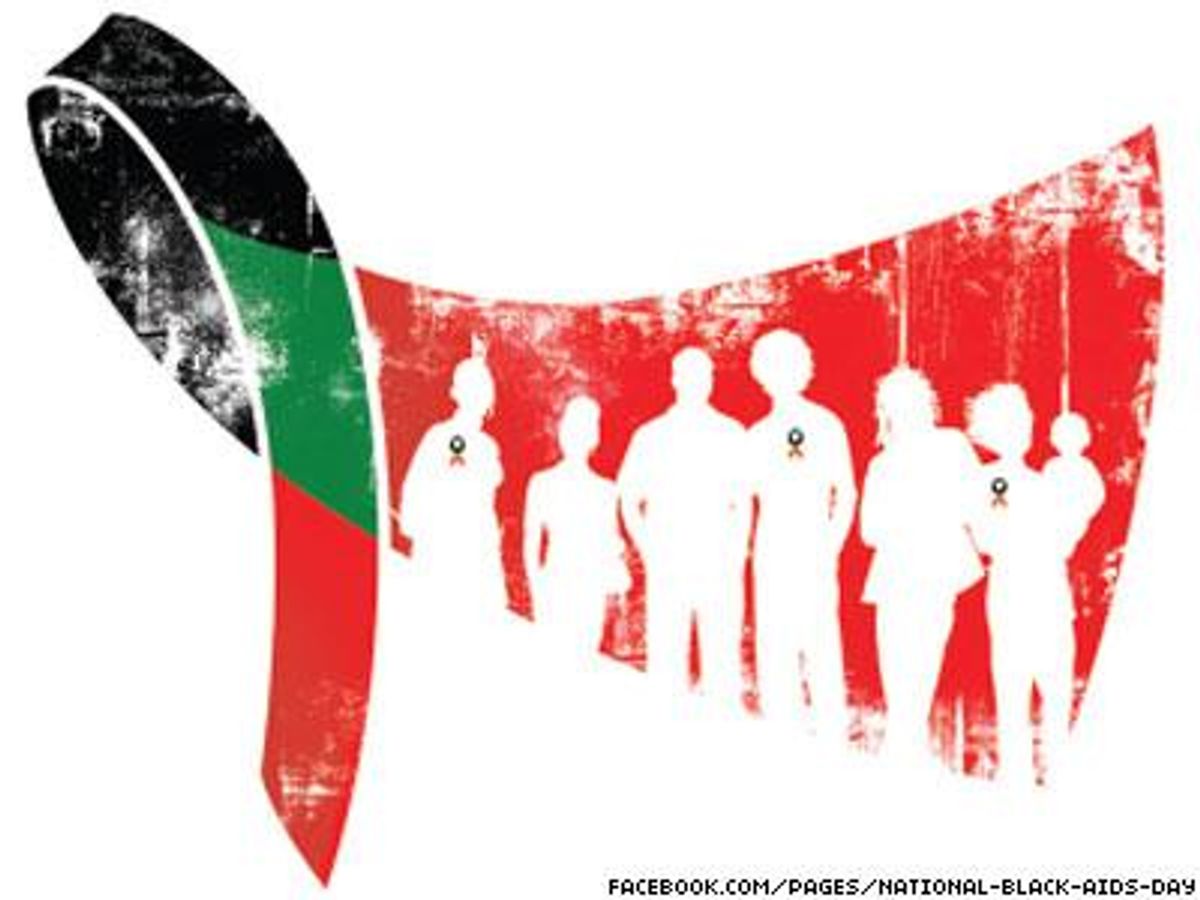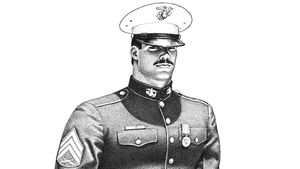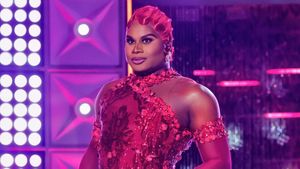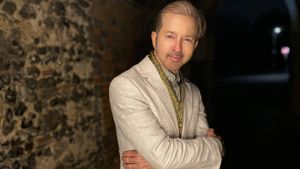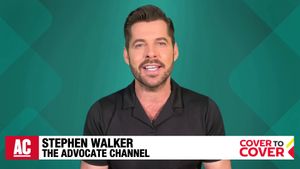Although gay and bisexual men make up just two percent of the U.S. population, we are nearly 66 percent of the nation's new HIV infections each year. The Centers for Disease Control and Prevention recently reported that new HIV infections are stable or declining in all other groups, but increasing among gay and bisexual men in the U.S.
Between 2008 and 2010, there was a 12 percent increase in new HIV infections among gay men nationally, and gay youth (ages 13-24) are especially vulnerable. In the same time period, the CDC reported an astounding 22 percent increase in new HIV infections among gay youth. What's more, young black gay men continue to bear the brunt of new HIV infections.
As we commemorate National Black HIV/AIDS Awareness Day, it is of paramount importance that we draw attention to the fact that the heavy impact of HIV on black Americans is primarily borne by black gay men. Black gay men are three times more likely to acquire HIV than white gay men, and 22 times more likely to acquire HIV compared with the general black American population.
Although black gay men represent just 1.4 percent of the black community, we represent 53 percent of new HIV infections among black Americans each year. Even more disturbing is that a quarter of new HIV infections among all Americans each year occur among black gay men. In fact, if you monitored a group of young black gay men from ages 20 to 40, 25 percent would be HIV-positive by age 25 and nearly 60 percent would be HIV-positive by age 40. This mirrors rates of HIV infection in some of the hardest-hit regions of the world.
The HIV epidemic among black gay men in the U.S. has been well-documented for almost 30 years, providing community leaders with ample evidence and opportunities to make a difference and mount a vigorous response. According to a new report by amfAR, many unfortunately turned a blind eye, and there seemed to be a diffusion of responsibility among many institutions and communities, as black and LGBT community leaders assumed the other was already addressing the specific needs of this underserved population.
To get a handle on this crisis, we must first understand how we got here, and then take the necessary steps to rectify the situation.
When I was a researcher at the CDC, I was tasked with finding out precisely why the black gay community -- my community -- was getting hit hardest by HIV. What became abundantly clear was that it was not because of greater risk behaviors, as many had presumed. Multiple studies were finding that black gay men were already practicing safe sex and getting tested at comparable rates to white gay men, if not higher, and having fewer sex partners.
It turns out that such elevated levels of HIV can be attributed to lack of access to health care, with many men not being diagnosed with HIV or diagnosed and not on treatment. The likelihood of HIV transmission increases exponentially when people do not know that they are HIV-positive and unwittingly transmit HIV to sex partners, or when people with HIV are not on lifesaving medications that reduce the risk of sexual transmission to others by 96 percent. Other factors also contribute to these high rates, but something that we do not often discuss is neglect.
Additionally, underfunding and lack of resources have for years plagued black gay communities. Despite a higher HIV prevalence among black gay men, most HIV prevention and care intervention programs at the federal, agency, and state levels tend to be directed toward other black populations at less risk for HIV.
The good news is that steps are being taken to rectify our nation's response. President Obama's National HIV/AIDS Strategy -- helmed by director of the White House Office of National AIDS Policy Douglas Brooks, a black gay man living with HIV -- urges federal agencies to accelerate efforts to increase HIV testing and access to services and treatment for communities most disproportionately impacted by HIV and AIDS. The National Institutes of Health has also increased research and intervention funding to address HIV among black gay men. A new crop of black gay community leaders has emerged, helping to increase the visibility of the crisis, and prominent black AIDS organizations have been more vocal in demanding action from the federal government and the black and LGBT communities.
Support from the private sector has also increased. Earlier this week, ViiV Healthcare announced a $10 million initiative to fuel a community response to the HIV epidemic among black gay and other men who have sex with men in Jackson, Miss., and Baltimore, two cities hit hard by HIV and AIDS.
But more needs to be done. We need to show black gay men that their lives matter, and we have no time to lose. A recent study shows that HIV infection disparities are so high among black gay men in the U.S. that it will be decades before new HIV infections drop, despite current prevention and care interventions. To address this issue, funding must follow the epidemic. We must also ensure access to health care for black gay men, including facilitating efforts to enroll them in health insurance coverage, expand access to pre-exposure prophylaxis (PrEP) for HIV-negative black gay men, and keep both HIV-positive and HIV-negative black gay men fully engaged in health care.
More investments must also be made to better understand what is driving HIV infections among black gay men and develop innovative interventions to help reduce the number of new infections.
We must also capitalize on welcome shifts in the black community, precipitated by President Obama and others like Lee Daniels or Frank Ocean, which have led to greater acceptance of black LGBT people. Having iconic sports figures like Magic Johnson and Isiah Thomas supporting their respective gay sons bodes well for many other black LGBT youth coming out to their families. Such familial and community support will empower young black gay men and help them lead long, fulfilling, and healthy lives.
Together, we can keep HIV from becoming a rite of passage for another generation of young black gay men.
GREG MILLETT, MPH, is a well-published and nationally recognized HIV/AIDS epidemiologist and researcher and a vice president and director of public policy for amfAR, the Foundation for AIDS Research.
